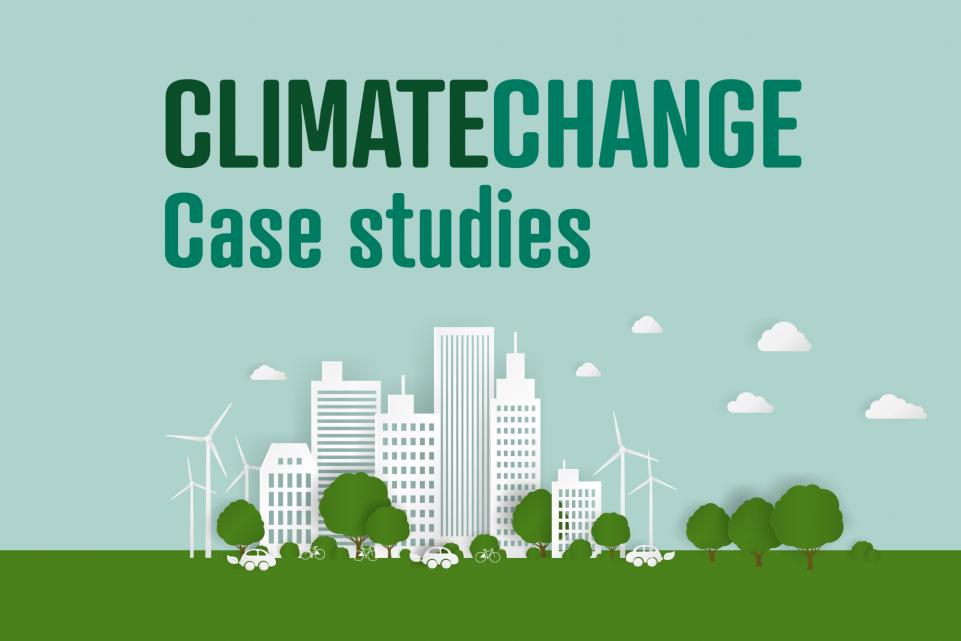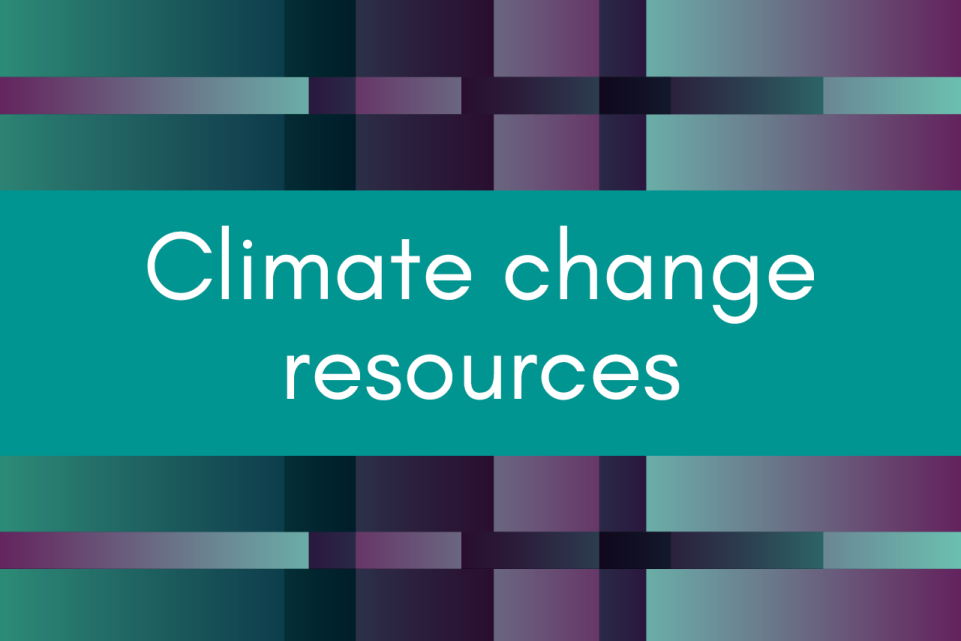Climate change issues have long been important topics for both central government and local authorities to address but in recent years, they have moved even more into the forefront of national and international politics.
As the pressure on our climate becomes even more apparent through hotter summers, increased flooding and coastal erosion, climate action groups such as Extinction Rebellion have become even more vocal, inspiring and mobilising even more people to take climate issues seriously.
Local authorities are now moving to develop tangible evidence and plans for how they are tackling climate change in their areas. A common action for local authorities is to declare a climate emergency and set a target date for achieving carbon neutrality.
This resource highlights best-practice communications of those local authorities who have declared a climate emergency and are now successfully communicating their campaign to both residents and businesses in their area and internally within the organisation.
Here, we examine a range of insights and innovative approaches in communicating climate emergency declarations from amplifying small-scale projects such as establishing links between existing volunteers to working collaboratively with external stakeholders such as universities and business owners in the area. We hear directly from councils across England on work they have been doing to successfully engage residents in understanding the climate emergency declaration and how they can positively contribute to campaigns.
We explore a cross-council approach which asks employees to think about their actions as individuals but also in their role as an employee of the local authority championed by the chief executive to underpin a strong internal communications approach.
Engaging the local community is one of the main challenges in communicating beyond a climate emergency declaration. We hear from one local authority which set up a design challenge to gather ideas from residents about things they can do within their own communities to make them more environment friendly, showcasing small, manageable projects, identifying little steps and creative ideas to make the journey towards carbon neutrality easier.
We also spoke to external groups who have been supporting councils with their communications. One of these groups works at a grassroot level, collecting specific data for parish and town councils so they understand exactly the profile of an area’s emissions. Its emphasis has been on finding trusted people at each local council for residents to speak to.
Through identifying and showcasing best practice in communications it is hoped this resource will help other local authorities to expand and improve the communications work they are doing in this field, reaching and engaging more individuals within their communities and their organisation.
Context
Ten years after the Climate Change Act 2008 placed legal requirements on the UK Government to assess and report on climate change risks, the UK’s second National Programme of Adaptation (NAP) was published in July 2018.
The Local Adaptation Advisory Panel (LAAP) continues to coordinate work with local authorities on climate change and the Good Practice Guidance for Local Government (June 2019) published in collaboration with ADEPT and The Department for Environment, Food and Rural Affairs (Defra), sets out advice and recommendations for local authorities.
Councils across the country are taking urgent action to not only adapt, but to mitigate the effects of climate change through action to reduce carbon emissions, particularly in transport but also in other areas such as buildings.
Local government plays a pivotal role in the response to climate change and the importance of communications is underlined in the NAP (Pg 5, The National Adaptation Programme and the Third Strategy for Climate Adaptation Reporting: Making the country resilient to a changing climate, July 2018):
Adapting to our changing climate cannot be done by the government alone. It will require collaboration across civil society, local authorities, private and public sectors and infrastructure providers. Communication of the risks, the impacts and the actions to take is an important part of this.
Responsibilities and powers in tackling climate change vary across two-tier councils, unitary authorities, metropolitan authorities and combined local authorities as well as the unique characteristics and challenges of each local area.
It is clear that some areas have to strike a balance between creating jobs and keeping industries environmentally friendly. Many rural areas are not as well connected by public transport as urban areas so rely on cars much more. All these factors must be taken into consideration when preparing specific campaigns and deciding what asks can be made of a community. Local authorities are both best placed to understand the unique challenges and characteristics of their own area with the benefit of existing connections with local businesses, schools as well as external stakeholders and partners.
Councils must show leadership across their patch, speaking and acting not just as the local authority but finding a consistent voice to impel the entire area, calling for communication campaigns that are inspirational, rousing and rooted through local groups, networks and influencers.
Methodology
In order to identify examples of best-practice communications, a number of local authorities were approached for an interview to discuss all aspects of their climate change communications.
Local authorities were identified for a successful or innovative approach to communicating climate change with a broad geographical spread, variety of authority types, political control and a balance of local authorities from urban and rural areas.
It is hoped that by identifying a comprehensive mix of local authorities, we have found advice and tips that are applicable to all types of local authority. After interviewing a number of local authorities and external stakeholders we identified some common themes in their successful climate campaigns which are summarised in the eight tips below and explored in more detail in the case studies.
This resource was first complied during the Covid-19 pandemic when the main priority for councils was supporting their communities through this extremely difficult time so with resources stretched, the breadth of interviews was limited. We will continue to build on the research and learnings contained in this document and will gather more best-practice case studies when we are able to.
Eight tips for communicators
During the process of compiling this resource, we heard from a number of councils who have reflected on lessons learned and provided some helpful tips for approaching climate change communications.



